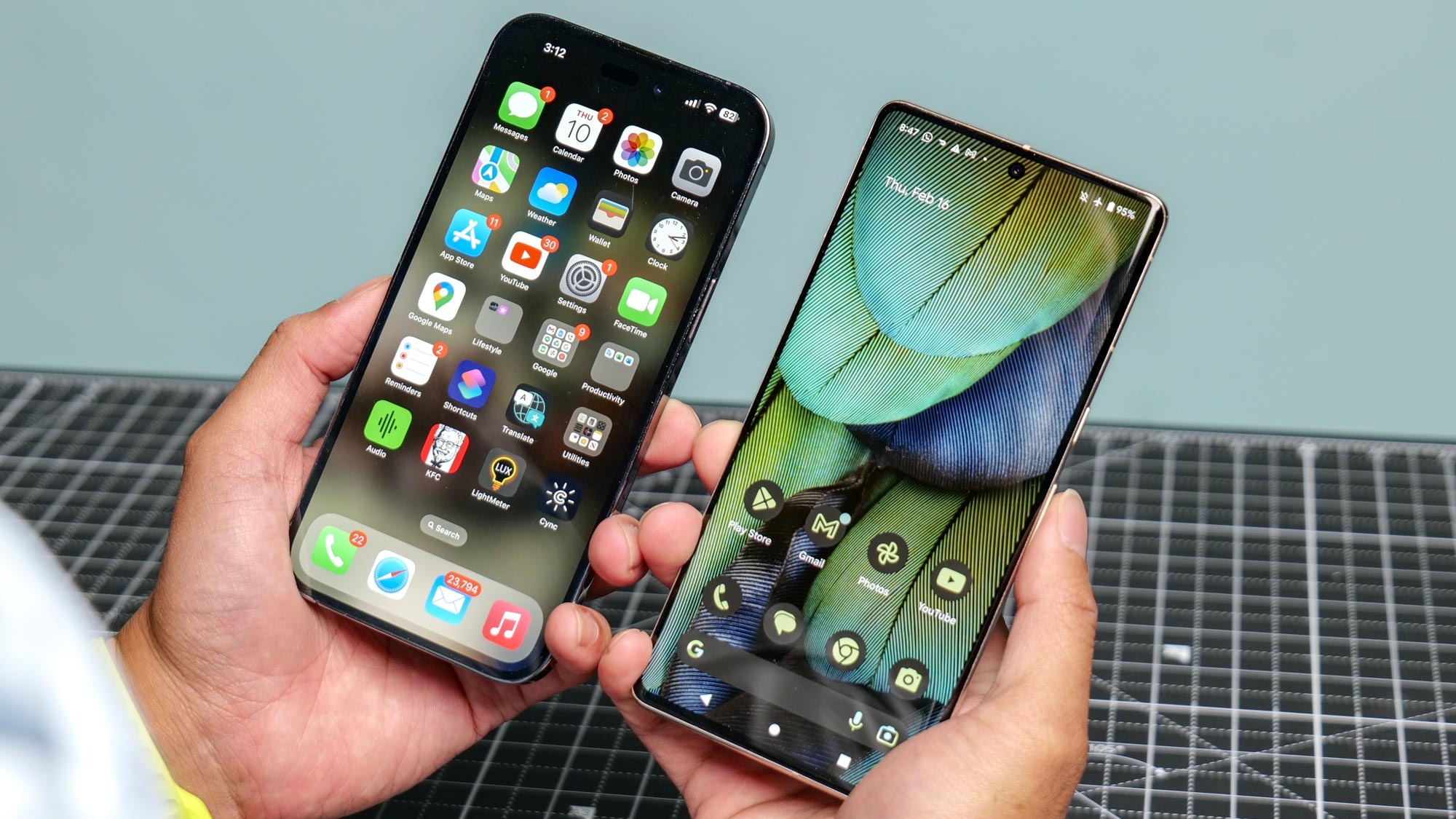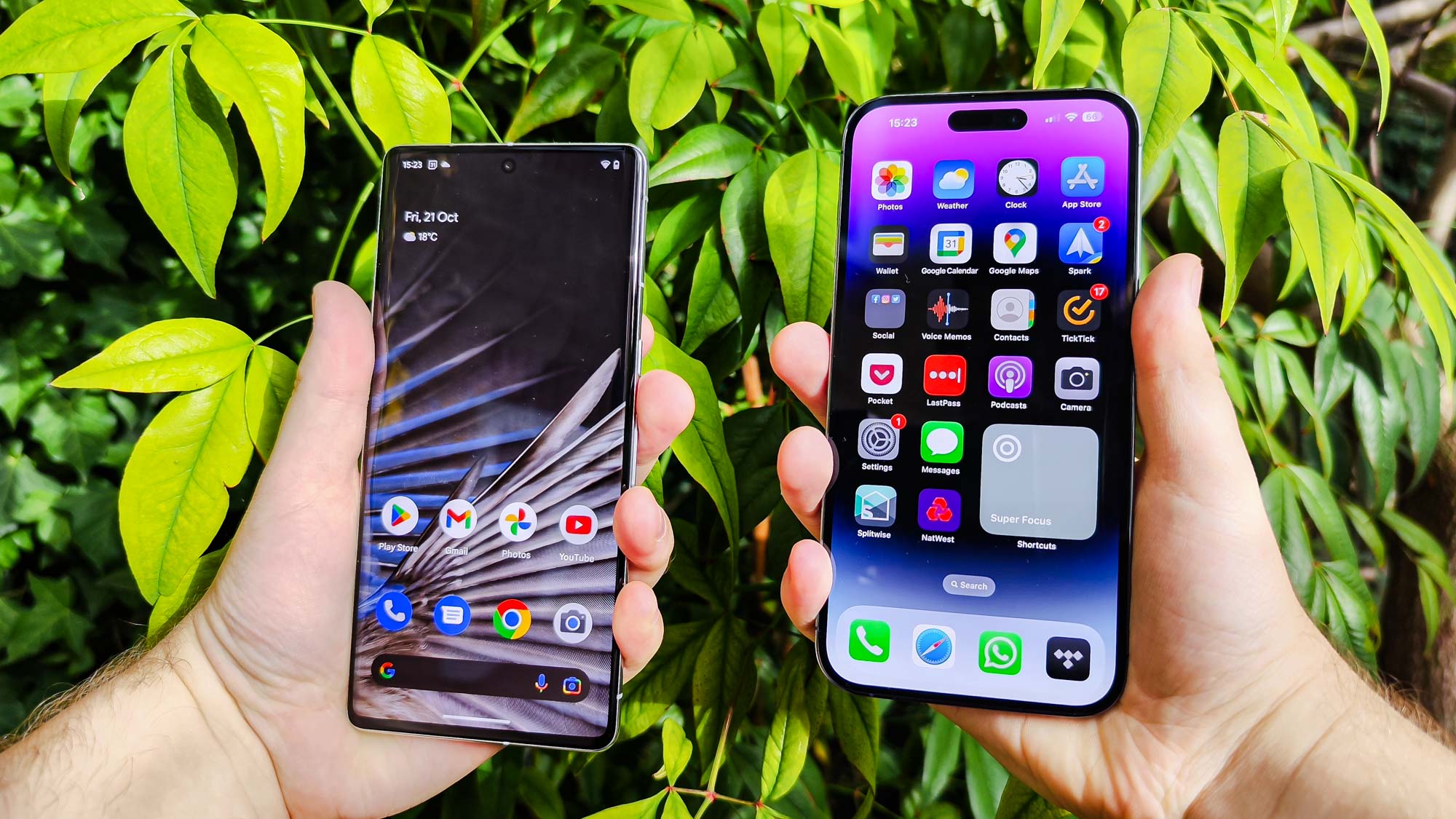Google Pixel 8 Pro's 'Super Actua' display could blow away iPhone 15 Pro Max
Get ready for a super bright display

The Google Pixel 8 Pro may offer something called a "Super Actua display" to make its screen easier to read when viewed in direct sunlight, according to specs published by leaker Kamila Wojciechowska and 91Mobiles.
While the Pro model is apparently in line for the Super Actua display, the the standard Pixel 8 has an "Actua" panel instead. This is rated as having 1,400 nits HDR brightness and 2,000 nits peak brightness, while the Pixel 8 Pro's super version is rated for 1,600 nits HDR brightness and and 2,400 nits peak brightness.
The specs sheet also tells us these displays will be protected with Gorilla Glass Victus 2, the current toughest glass used on Android smartphones. One unfortunate bit of bad news from the same display specs is that there could be a lower-res display on the Pixel 8 Pro compared to the Pixel 7 Pro. Hopefully this won't detract from the display's overall quality though.
Pixel 8 Pro: How bright is it?

It can be hard to see just from the numbers alone how bright the Pixel 8 and Pixel 8 Pro could be, so allow us to put things into context.
Starting with last year's Pixels, the Pixel 7 and Pixel 7 Pro have 1,000 nits HDR brightness and 1,400 nits/1,500 nits peak brightness respectively according to Google's official specs. These figures don't always translate fully into real life though, as during our tests, we recorded a 926-nit peak for the Pixel 7, and a 927-nit peak for the Pixel 7 Pro.
| Row 0 - Cell 0 | HDR brightness (nits) | Peak brightness (nits) |
| Google Pixel 8 (alleged) | 1,400 | 2,000 |
| Google Pixel 8 Pro (alleged) | 1,600 | 2,400 |
| iPhone 15 | 1,600 | 2,000 |
| iPhone 15 Pro Max | 1,600 | 2,000 |
| Samsung Galaxy S23 | N/a | 1,750 |
| Samsung Galaxy S23 | N/a | 1,750 |
The newly-launched iPhone 15 and iPhone 15 Pro Max are both rated by Apple as having 1,000-nit typical, 1,600-nit HDR and 2,000-nit peak outdoor brightness. However in our lab tests, we measured these phones at 957 nits typical brightness and 1,401nits HDR brightness, and 1,018 nits typical and 1,550 nits HDR respectively by us.
Similarly, the Samsung Galaxy S23 and Galaxy S23 Ultra are rated at 1750 nits peak brightness, and scored 1,002 nits SDR/ 1,340 nits HDR and 1,020 nits SDR /1,444 nits HDR respectively in our brightness tests. These won't be the Pixel 8 series' main competition for long though, as the Galaxy S24 series, including the Galaxy S24 Ultra, could be arriving soon with even brighter 2,500 - 2,800-nit displays.
Sign up to get the BEST of Tom's Guide direct to your inbox.
Get instant access to breaking news, the hottest reviews, great deals and helpful tips.
If Google's numbers are accurate, then the Pixel 8 Pro would become the brightest phone we've tested this year, which would be quite a nice achievement. Even if you don't get those peak figures in everyday use, it should still hopefully mean you can see the phone's on-screen content outdoors with ease.
October 4 is the date of the upcoming Made by Google event, and we already know the Pixel 8 series is a confirmed announcement for the keynote. Expect to see Google talking up this new display on stage, hopefully alongside other rumored features like a reworked design, a Tensor G3 chip and an unfortunate price increase.
More from Tom's Guide

Richard is based in London, covering news, reviews and how-tos for phones, tablets, gaming, and whatever else people need advice on. Following on from his MA in Magazine Journalism at the University of Sheffield, he's also written for WIRED U.K., The Register and Creative Bloq. When not at work, he's likely thinking about how to brew the perfect cup of specialty coffee.
